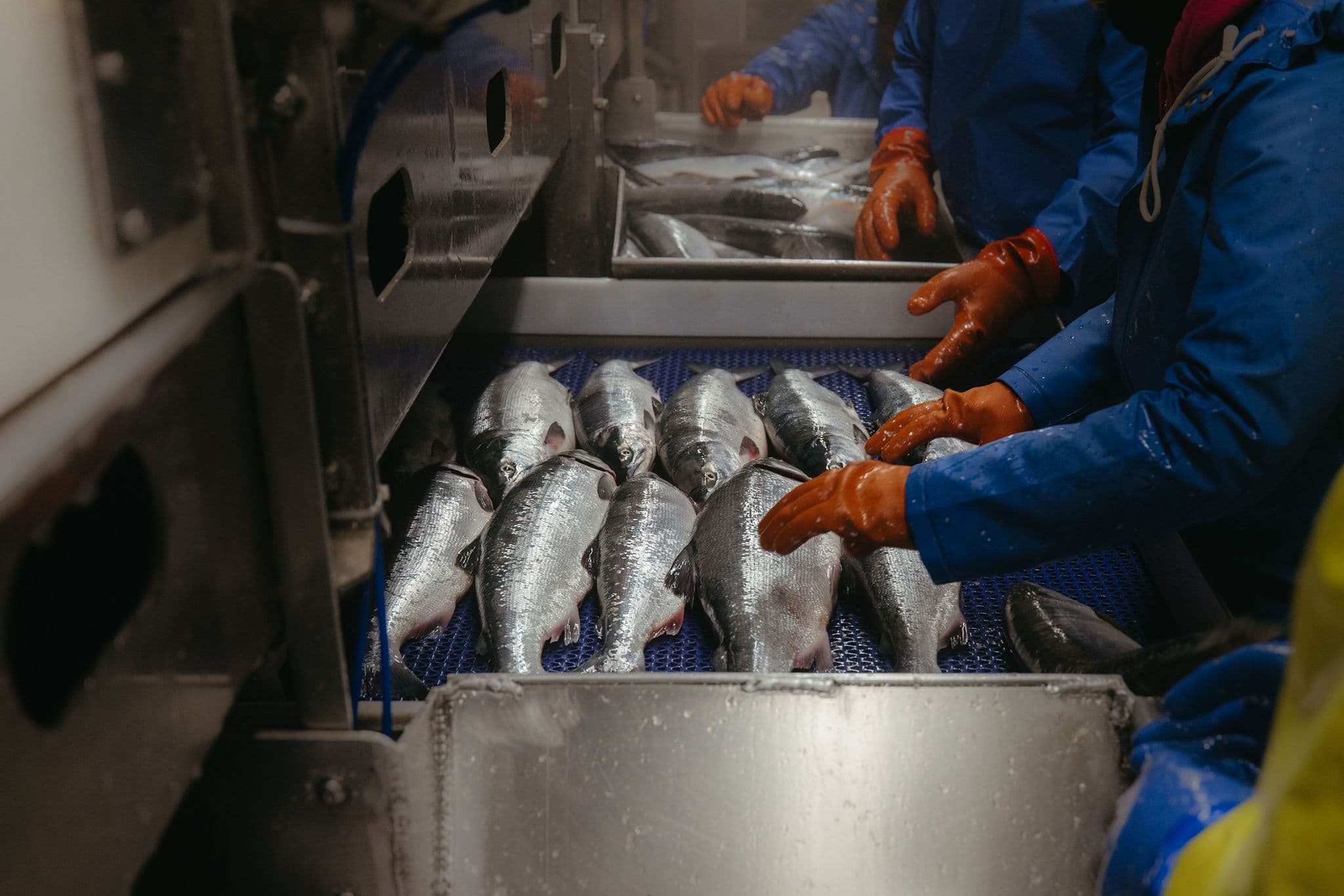From Barge to Plate with Unmatched Quality
The history of Northline Seafoods is deeply intertwined with ours, often crossing paths multiple times over the years. In an industry resistant to change, a few innovators stand out — those who strive for better. Naturally, these forward-thinkers gravitate toward one another, and when everything aligns, they help build a stronger, more sustainable seafood supply chain.
Back in 2015, we purchased our own seafood processing plant, though we had little idea what we were doing. Our focus had always been on the meticulous handling of fish at sea, ensuring each catch was treated with care. We knew we wanted control over the filleting and freezing processes, but running a processing plant was outside our expertise — and, frankly, we struggled. During our first season, the main freezer systems failed during the critical king salmon opener, and our staff, inherited from previous ownership, didn’t prioritize quality the way we did. After a rough start, Ben Blakey of Northline began discussions with us about how we could improve. Those conversations quickly gained momentum, especially as we shared a desire to develop better freezing systems — and there was a clear mutual benefit in Northline helping us get there.
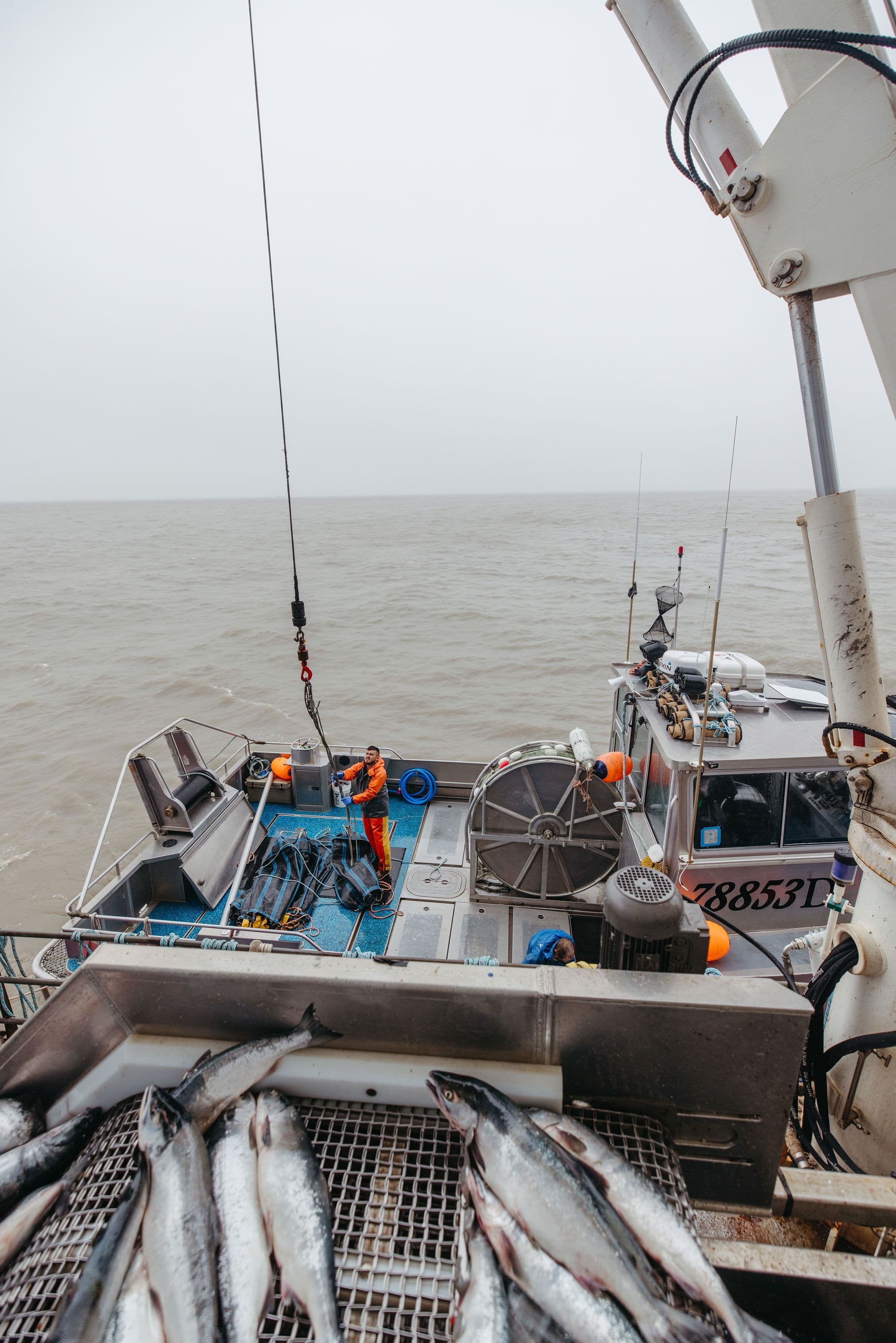
Ben’s team was pioneering a new approach to salmon processing. His background as a fisherman and processor in Bristol Bay, Alaska, gave him firsthand insight into the challenges faced in that remote region. He and his brothers worked at their father’s seafood company and eventually bought their own boats to fish Bristol Bay’s legendary sockeye runs — the largest in the world.
These runs, however, come with significant hurdles, especially regarding fish quality. The remote location, with tidal swings of nearly 30 feet and no deepwater harbors, means that fish offloaded from boats are transferred to tenders and then pumped up to 100 feet to reach processing facilities. During these transfers and in the pumps, fish are exposed to fluctuating temperatures and can get bruised, complicating efforts to maintain quality.
Another challenge is the short, intense season. Bristol Bay sockeye runs average around 30 million fish, with the peak in early July lasting just two weeks. Millions of pounds of fish arrive at processors daily, needing to be gutted, frozen, and sometimes filleted — all within a narrow window. The volume often overwhelms processing capacity, leading to compromised quality — such as fish with gaping flesh or strong fishy odors — due to improper freezing or damage from time and temperature before freezing. Check out the seafood section of your grocery store and look at the sockeye this fall. In some cases it might be ok quality, but in many cases it’s pretty terrible.
Inspired by these challenges, Ben devised a plan: instead of transporting fish all the way to shore-based processors, why not process them on a floating barge? His idea was to freeze fish on the grounds with powerful blast freezers, eliminating the need for multiple transfers and pumping the fish inland. To test this concept, Ben and his team built a prototype freezer at our plant and collaborated with us to run operations, testing fish through our upgraded freezers. The results were incredible! We never imagined fish could be frozen so well and after being slacked out and filleted it was hard to tell that they were ever frozen.
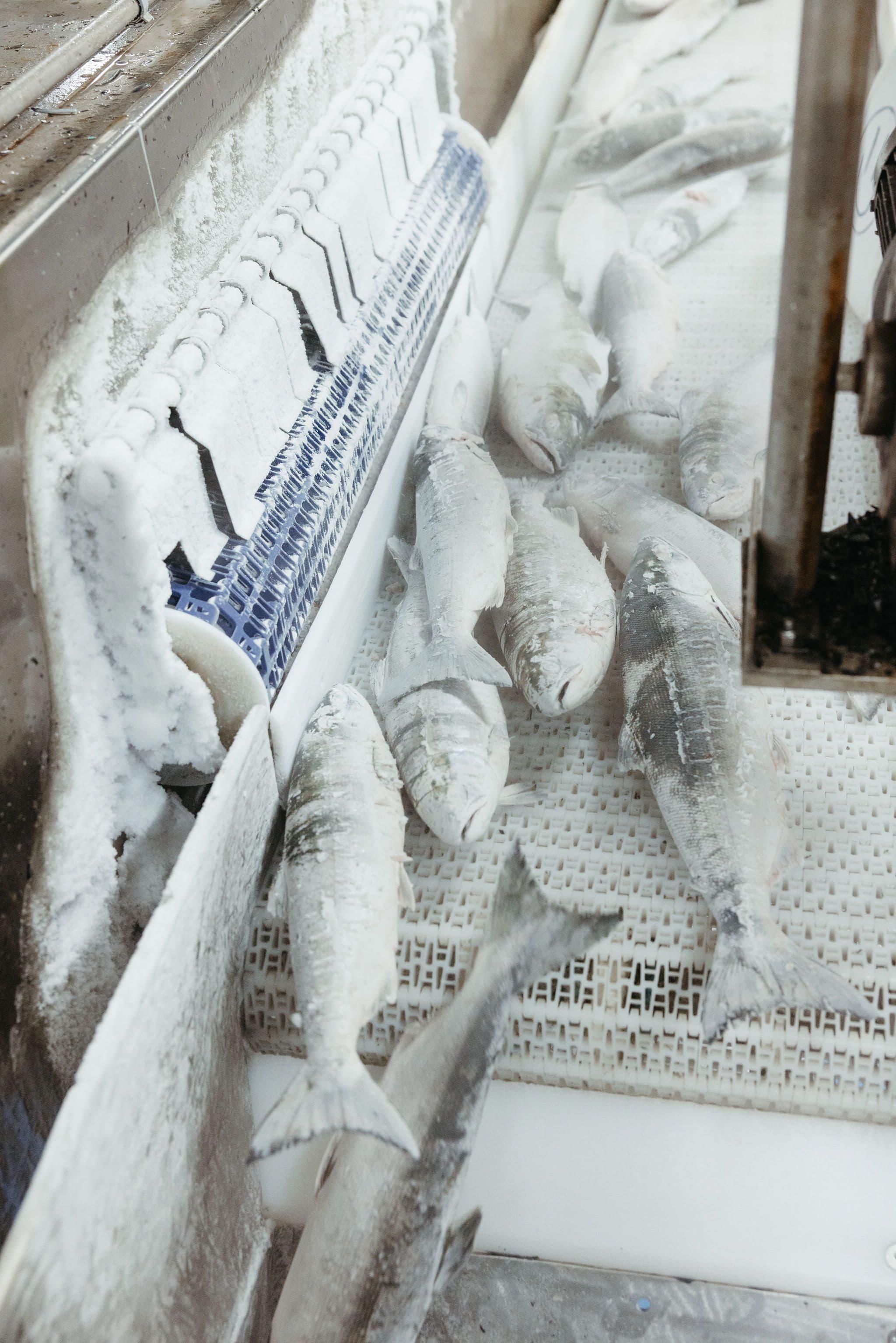
This partnership allowed us to experience firsthand what high-powered blast freezing could do for quality. We could clearly see the difference between freezing fish relatively slowly and ultra-quick freezing, with the latter preserving fish at an exceptionally high quality. When building a freezer it’s not just about ultra-cold temperatures, airflow is a critical component. If you have a super cold freezer and put fish into the air around the fish will stay warmer as the fish cools down to temperature. The more quickly the airflow around the fish pulls the warmth away, the faster that fish freezes. It’s similar to how things cook faster in a convection oven or air fryer. Having a better understanding of freezing gave us the guidance to choose partners that we knew could deliver the quality we were looking for. If their freezing systems couldn’t blast freeze quickly enough then there is no way they could deliver up to our standard.
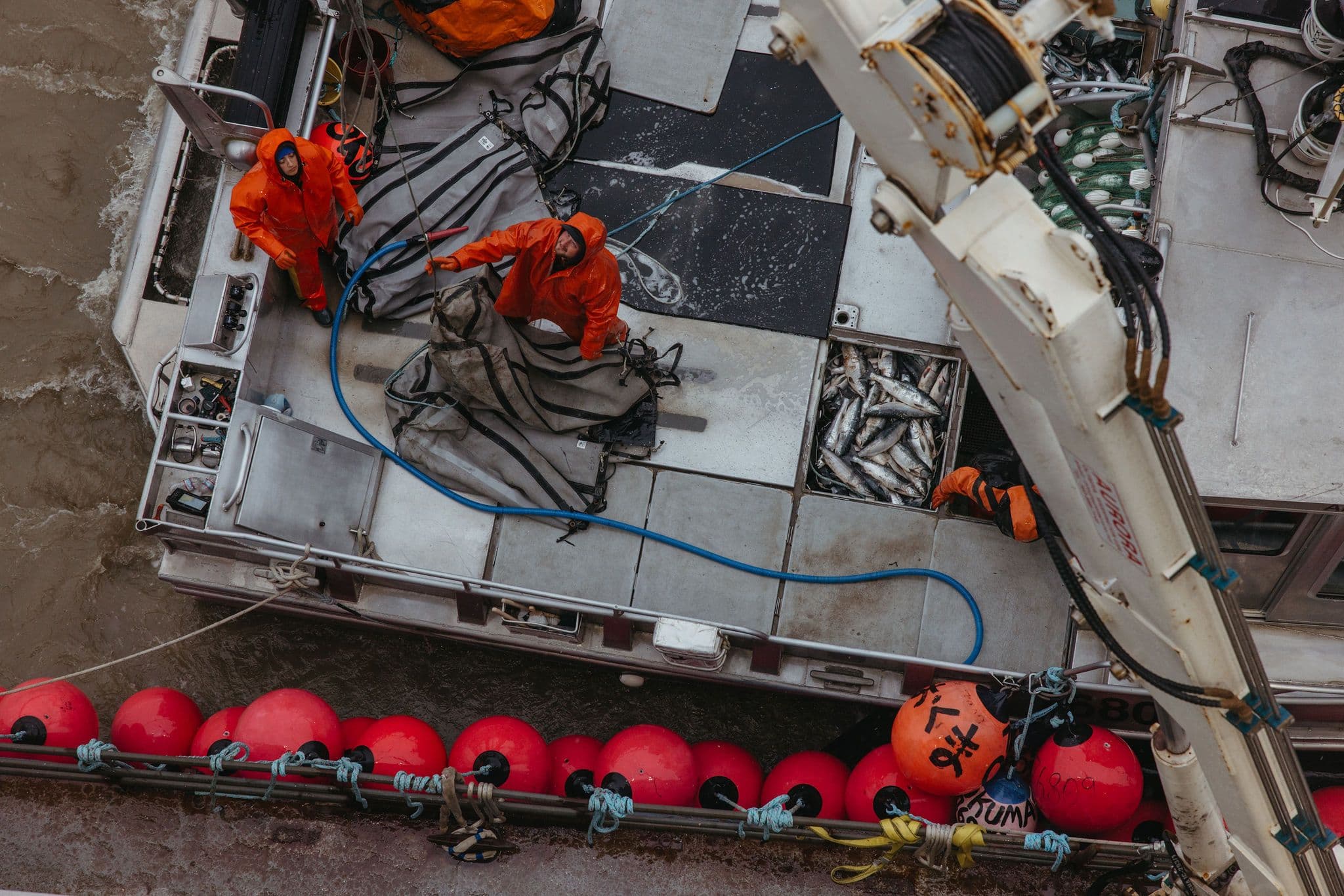
Fast forward eight years, and Northline Seafoods is now in its second summer season of purchasing fish in Bristol Bay. After extensive prototyping, research, development, and process optimization, Northline secured a $40 million USDA Food Supply Chain loan to build the barge Hannah. Measuring 400 feet long and 100 feet wide, Hannah can offload multiple boats simultaneously and store over 10 million pounds of frozen salmon.
Inside Hannah, powerful blast freezers handle 500,000 to 700,000 pounds daily — the scale is truly remarkable. This season, Northline has about 75 fleet members, already averaging around 100,000 pounds per vessel, totaling approximately 7.5 million pounds of sockeye so far. Thanks to automated spiral blast freezers — a multi-level, spiral-shaped conveyor belt that rotates on a central axis — operating at -40°C and the fact that the fish are frozen whole, their crew continues to process full loads until reaching around 14 million pounds.
Achieving the highest quality fish requires attention to every detail. Over years of research, Northline has studied current practices and sought ways to improve. This season, they focused on circulating pumps to keep fish at a precise 31.9°F before freezing — because temperature fluctuations, even slight ones, can degrade quality. Their experience shows that fish in refrigerated seawater often warm up to 34-35°F, which increases the risk of quality loss. By enhancing circulation within their holds, they ensure consistent, cold temperatures and avoid warm spots.
The scale of Northline’s operation is impressive, especially considering the challenges of Bristol Bay, but that scale is necessary to make an impact. When you enjoy a piece of sockeye from Northline this fall, think about all that went into making your fish delicious. Kudos to Ben and his team for their dedication in changing the seafood industry for the better.
